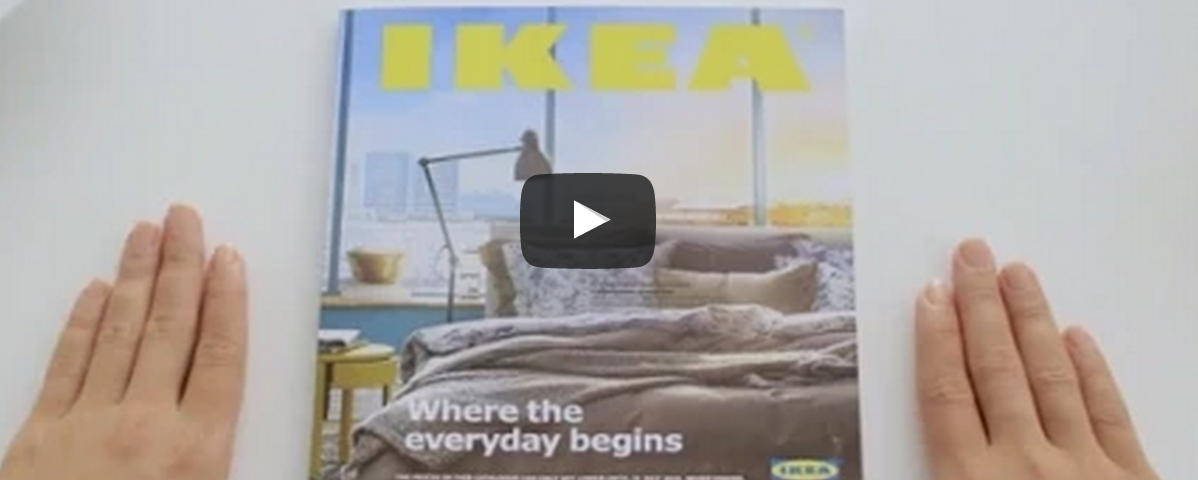
Email Marketing – What’s the best day of the week to send?
June 16, 2015
Responsive Web Facts
July 1, 2015Printed brochures, catalogs, and direct mail flyers will never be extinct!
Most of the time, a small business owner’s focus is on building new clients and making sales. But even when you’re in growth mode, it can pay to take some time to maintain and strengthen relationships with existing clients. One effective way to do this? Keep them informed about your services, products, and promotions via regular printed communications: brochures, direct mail flyers, or catalogs.
Just because computers are more common now doesn’t mean these forms of marketing savvy should be ignored by smart small business owners. In fact, that’s far from true! In today’s fast-paced world (and especially in a down economy), most customers still respond best to tangible promotional materials like brochures or mailers–things they can keep and put on their desks or stick in a drawer for reference.
Print Materials Are Good for Business
Well-designed print materials are also likely to get your message across more effectively than email blasts and other electronic promotions, as they incorporate visual elements like photos, graphics, headlines, and more.
Printed materials give you the freedom to establish exactly what you want to say without worrying about whether it will fit into an allotted number of characters or be lost in the shuffle of an Internet-based newsletter (i.e., “the scroll”). For these reasons–and others–still consider brochures especially effective for communicating with clients face time.
Here’s a look at how printed marketing materials can help your small business build stronger relationships with existing customers and attract new ones—and why printed materials aren’t going away anytime soon.
To attract new customers: One effective way to keep your business in the minds of potential clients is to provide them with plenty of reasons why they might want to work with you—and that means having confidence that the services, products, and/or information described in your print materials are ones you can actually deliver.
No matter how well-designed your marketing communications are, if something about what you’re offering isn’t quite right or isn’t clearly explained, it’s unlikely potential clients will give you a chance. This doesn’t mean you should change yourself so much that you no longer feel comfortable! But it does mean being sure each item listed in a brochure, flyer, or catalog fits perfectly with your brand image and that each tangible description is accurate and concise.
To keep existing customers coming back for more: If you want to retain your clients’ loyalty, then you have to stay top-of-mind with them—and continually reinforcing the value of your services can do just that. The best way to do this when you’re not able to meet with existing clients in person? By sending out regular mailings or other marketing materials that highlight what’s new with your business, point out things they might like about working with you (or how much their needs are being met), and invite them to call if they’d like more information.
You don’t have to send mailing “reminders” all year long—doing so may even generate more work for you than it’s worth. But sending out mailers to clients at key points in your business cycle—when new products or services are being introduced, for example—can help keep them engaged and eager to learn more about what you have to offer.
The bottom line: Sure, marketing via the Internet is easier and cheaper in some ways (you don’t have to print materials ahead of time or buy mailing lists), but it’s no match for the power of printed communication.
A physical brochure, flyer, or catalog is something anyone can keep on his desk, but an email newsletter gets seen only once before being sent straight into the trash bin (or spam box). Printed materials also look better if they’re designed and produced by someone who really knows what’s involved in producing effective printed materials. Hire the right graphic designer for your print marketing needs, and you’re likely to find more success—in less time—than you would if you tried to do it yourself.

